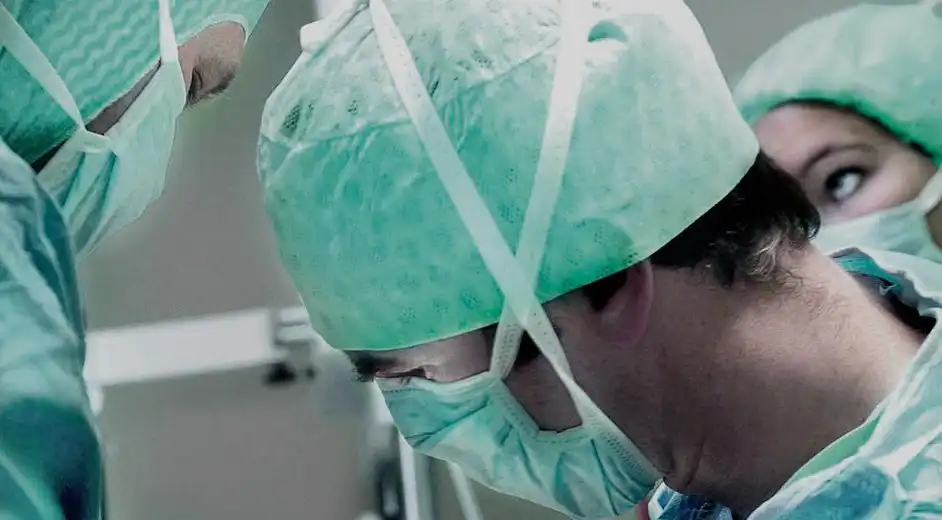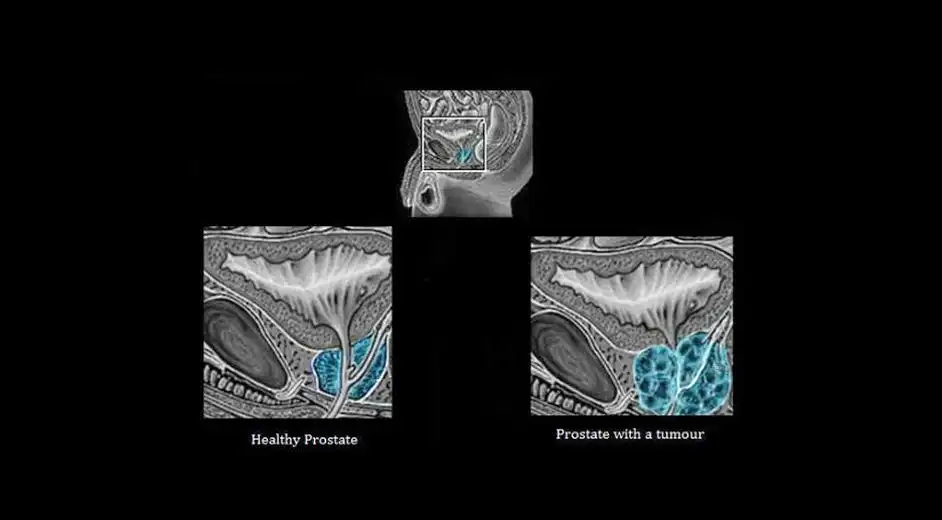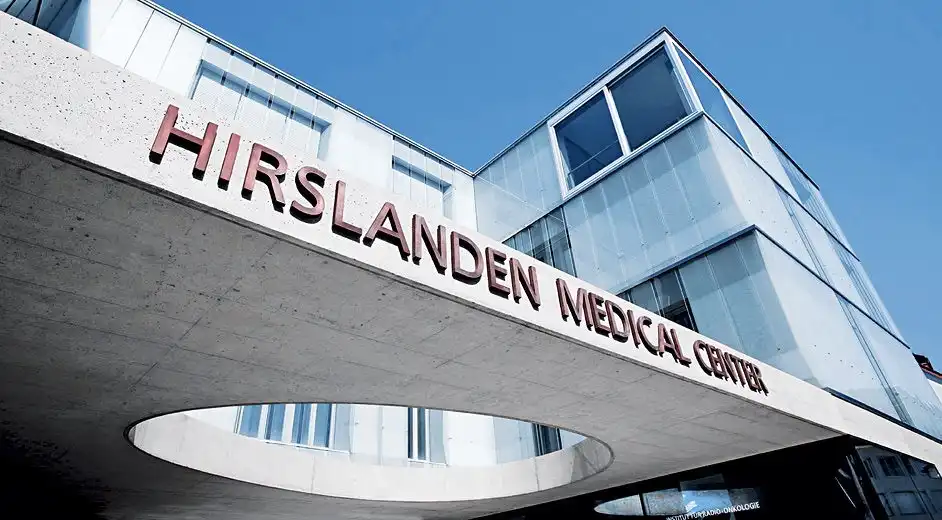What are the latest developments in the treatment of prostate cancer surgery?
There is a vast number of different kinds of therapies for prostate carcinoma patients.
It is important that the prostate cancer is discovered in good time when dealing with todays educated man of the age between 50 and 70. It is also important to say though, that not all prostate cancers have to be treated.
The so-called “Active Surveillance“ is a very good means to keep a patients’ cancer of low malignancy under control. The patients’ PSA-data is verified every half a year and a MRI of the prostate, and when needed a MRI-navigated puncture of the prostate, is accomplished yearly. “Active Surveillance“ allows patients to forgo any further therapies such as radiotherapy or operations for the rest of their lives.
If it is absolutely necessary for a prostate cancer to be treated, we have the option of using the DaVinci method. This operation method is a minimally invasive, laparoscopic and robotically assisted one. Miniscule instruments are inducted into the abdomen in order to remove the prostate in a most gentle way. This way, nerves which are responsible for the potency and continence, can be preserved and their functions are maintained. During this procedure, the surgeon sits next to the patient holding a console which conducts the instruments precisely within the patients’ abdomen.
The so-called “focal therapy’s“ importance has been rising significantly. The objective here is to preserve the prostate while fighting the malignant cancer cells in a precisely targeted manner. The meticulous MRI-diagnosis allows us to do so.
Our center for urology here in Zürich, the “Urologie Zürich, Hirslanden Klinik Zürich“, will soon be conducting a study in which we will be offering the focal therapy of the prostate by means of the Cyber-Knife.

What is the difference between “old fashioned” treatments and new “state of the art” treatments?
The golden standard in today’s operative therapies, which we, the centre of urology Zurich at the Hirslanden clinic Zürich are specialised in, is the minimally invasive robotically conducted operation method (DaVinci-technology). This method offers the highest possible security in pricesely removing the malignant tissue while preserving the nerves and sphincter. The three dimensional Vision as well as the very high magnification of 10 fold during the operation, makes this achievable.
In the future we are looking forward to the possibilty of having the MRI-images merged directly into the display of the operating surgeon which will further increase the precision of the operation. Another advantage of the DaVinci method compared to the conventional one is the much shorter necessary stay in the hospital, the lower loss of blood, the slighter pain symptoms as well as the more satisfying functional results after the operation.
What quality of life can be expected after a prostate cancer surgery?
The quality of life of a patient should not be reduced by a prostate operation. Ofcourse the focus is firstly on the actual treatment of the cancer. However, it is clear that the potency as well as the continence have a very high value in a man’s life. It is for this reason that we spare the nerves and the sphincter of any harm by way of the minimally invasive and precise operation method which we use. This modern surgery method allows us urologists to achieve outstanding results.
Through the cooperation with a psycho-onkologist, we are able to cover other components which could negatively affect the quality of life of a patient, as well.








